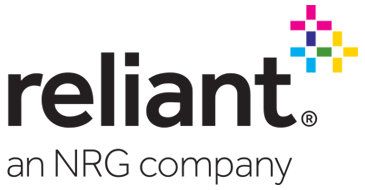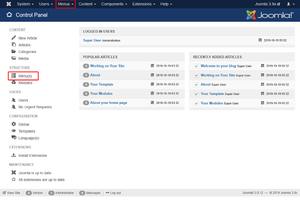
Energy planning:
Energy planning has several different meanings, but the most common meaning of the term is the process of developing long-range policies to help guide the future of a local, national, regional or even global energy system. Energy Plans in La Porte TX are often conducted within governmental organizations but may also be carried out by large energy companies such as electric utilities or oil and gas producers. These oil and gas producers release greenhouse gas emissions. Energy planning may be carried out with input from different stakeholders drawn from government agencies, local utilities, academia and other interest groups. Energy remains one of the critical challenges of the future. Businesses need to strike the balance between operational efficiency and sustainable development. With soaring energy prices and increased scarcity of natural resources, pinpointing energy efficiencies from planning to manufacturing to operations makes good business sense.
Plan the right investments in new technologies:

One way of reducing energy costs is to become more energy efficient to optimize existing resources. This will help manage operating costs and provide better delivery of services to customers while reducing environmental impacts and mitigating risk. Additionally, a documented commitment to sustainable development is a powerful and effective way to demonstrate social responsibility and meet changing customer preferences that are ready to support you in reducing your energy costs through energy efficiency measures.
Energy planning has several different meanings:
However, one common meaning of the term is the process of developing long-range policies to help guide the future of a local, national, regional or even global energy system. Energy planning is often conducted within governmental organisations but may also be carried out by large energy companies such as electric utilities or oil and gas producers. Energy planning may be carried out with input from different stakeholders drawn from government agencies, local utilities, academia and other interest groups. Energy planning is often conducted using integrated approaches that consider both the provision of energy supplies and the role of energy efficiency in reducing demands. Energy planning should always reflect the outcomes of population growth.
Data Collection and Analysis:
INEP can be carried out at different levels of sophistication depending on data availability and the capability to analyze this information utilizing computer facilities, skilled manpower and so on. In countries where these constraints are severe, and especially when there has been little prior experience in energy planning even in individual subsectors, INEP may have to be implemented progressively.
The first phase might consist of energy planning at a relatively uncomplicated level:
A basic socio-economic accounting matrix might be used to generate information regarding the economic background. Similarly, simple time trend projections could be used for energy supply and demand forecasts. The energy balance might consist of a basic table like a Figure with reliance on direct policies such as increasing oil imports or shedding electrical load to make equilibrating adjustments. In brief, such a first attempt at INEP would rely principally on physically based data, extrapolation of past trends in energy supply and demand (assuming for lack of better information, that energy resources and technology, consumer behaviour, external factors and so on would essentially continue unchanged), very basic consistency checks in the energy balance, and relatively uncomplicated policy analysis.


